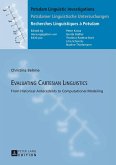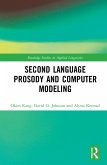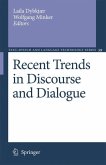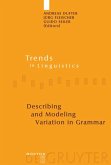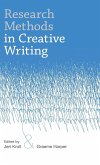Urdu is a morphologically rich language. It has a variety of morphological phenomena in various grammatical categories, e.g. nouns, verbs, adjectives. Urdu has a lot of Noun Morphology, both Derivational and Inflectional. Urdu is rich in generating nouns from existing noun and non-noun words, and using inflections even for gender of un- animated items, which is not possible in English. Honor is also an interesting phenomenon in Urdu Morphology. There are more than 50 Morphological forms (and around 20 Surface forms) associated with a Verb. Like Nouns, Adjectives are divided into two groups: those which have suffixes that change to show gender and number (marked adjectives), and those which do not (unmarked adjectives). There are other grammatical categories in Urdu that have regular Morphological patterns, e.g. Numbers, Particles, and Clitics.
Bitte wählen Sie Ihr Anliegen aus.
Rechnungen
Retourenschein anfordern
Bestellstatus
Storno


